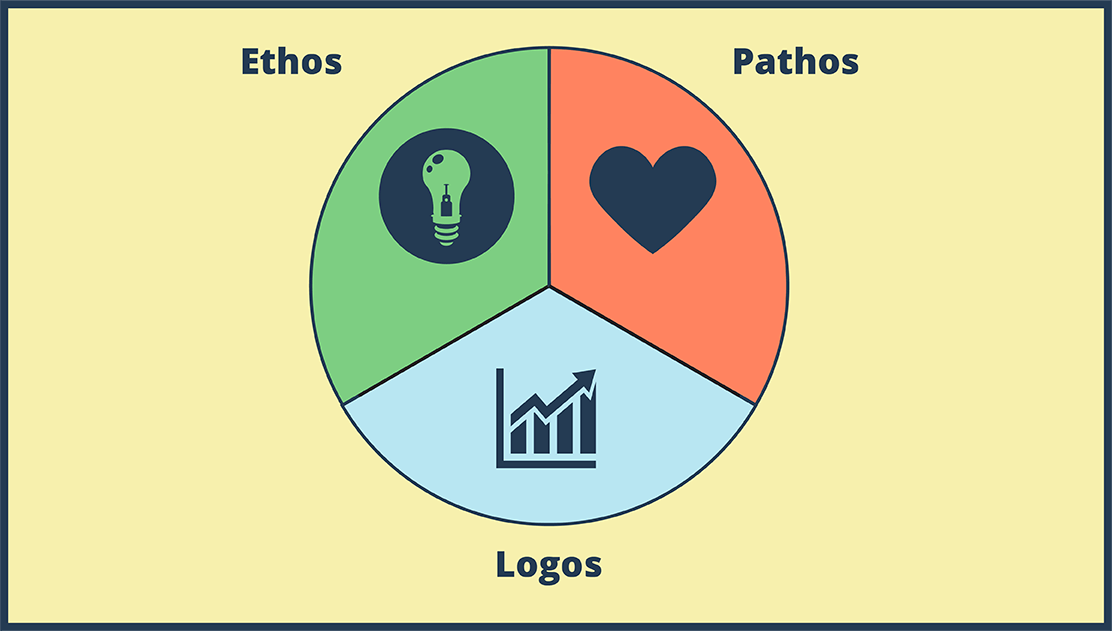Reproduction

You can find this storyboard in the following articles and resources:

Teaching Reproductive Organs
Lesson Plans by Patrick Healey
Teaching teens about reproductive organs can be an uncomfortable task. Taking this topic in a scientific approach will relieve much of that stress. Reproductive organs apply to everyone. This is the anatomy of our bodies and from a scientific standpoint, it’s not any different than discussing the heart, brain, etc.
'
Check out some of our other educational articles!
Storyboard Description
Human Reproduction - The path of reproductive cells
Storyboard Text
- PATH OF REPRODUCTIVE CELLS
- Reproduction can be a complicated process. Let's break it down and find out how it works!
- Reproduction
- REPRODUCTIVE CELLS
- TESTIS
- EPIDIDYMIS
- Reproduction can be made simple by following the development and path of reproductive cells.
- VAS DEFERENS
- Sperm cells are the male reproductive cells formed in the testes. An egg is the female reproductive cell formed in the ovaries.
- PROSTATE
- Testes are egg-shaped organs where the sperm is produced. Testes are made up tightly coiled tubes called seminiferous tubules.
- SEMINAL VESICLES
- After being produced in the seminiferous tubules, sperm travel to the epididymis, where they mature.
- URETHRA AND PENIS
- The vas deferens is a long tube that connects the epididymis to the urethra. This is the path for sperm cells.
- The prostate secretes an alkaline (basic) fluid that neutralizes the acids in the female reproductive system.
- Seminal vesicles produce a fluid rich in sugars that sperm use for energy. This fluid, added with the fluid from the prostate gland, will be combined with sperm cells to make semen.
- Sperm leave the body by passing through the urethra. The penis deposits sperm in the female reproductive system during sexual activity.
- OVARIES
- VAGINA
- CERVIX
- UTERUS
- Each month, the female reproductive system prepares for a possible pregnancy by releasing a mature egg cell from the ovaries.
- FERTILIZATION
- The vagina is a muscular canal that leads from the outside of the body to the uterus. Sperm cells enter through the vagina during intercourse.
- FALLOPIAN TUBES
- The cervix is a narrow portion at the bottom of uterus that provides an opening to the uterus from the vagina. The cervix will need to dilate during labor.
- UTERUS
- The uterus is a hollow, muscular organ which expands during pregnancy. The uterine walls build up and break down during the ovulation cycle, causing menstruation.
- PATH OF REPRODUCTIVE CELLS
- Reproduction
- When a sperm cell and egg unite, cell division begins. If fertilization takes place, it will happen in the fallopian tubes.
- The fallopian tubes serve as a passageway for the ovum from the ovary to the uterus. Smooth muscle contractions and cilia move ovum towards the uterus.
- If an ovum is fertilized, it will implant in the wall of the uterus, starting the first stages of pregnancy.
- The first signs of pregnancy usually show up after about two weeks. About half the time, a fertilized egg does not implant and pregnancy will not begin.
- That wasn't so bad! Are there any questions?
Over 30 Million Storyboards Created




